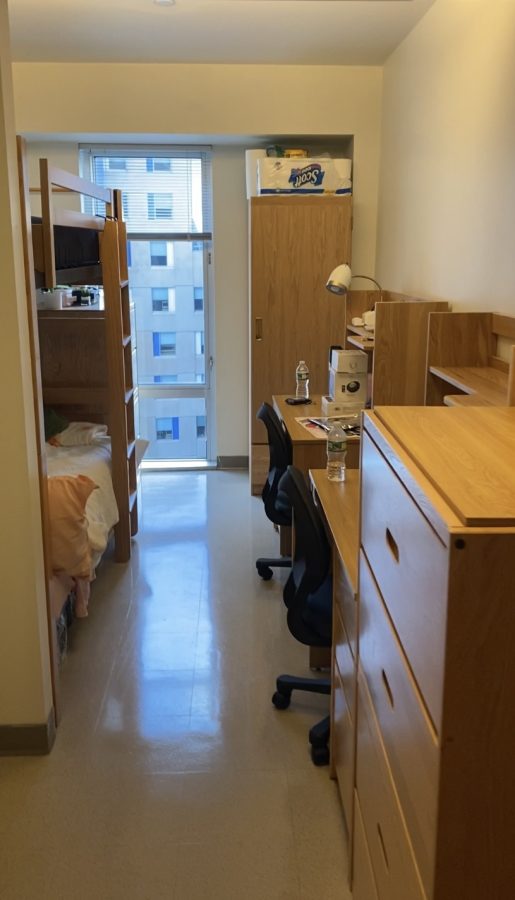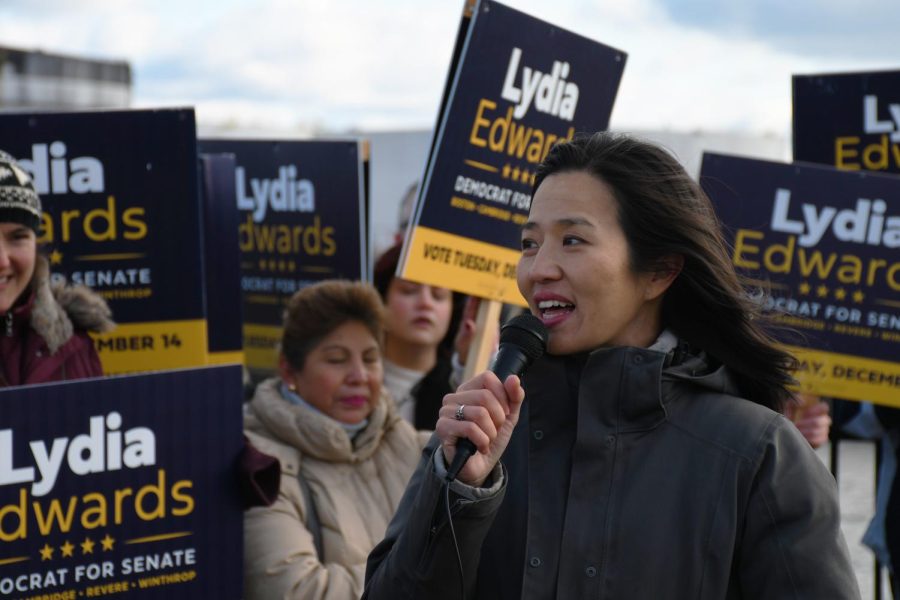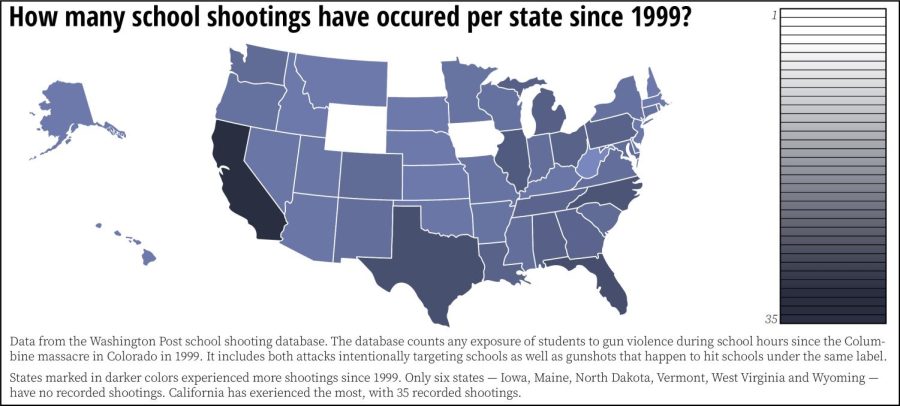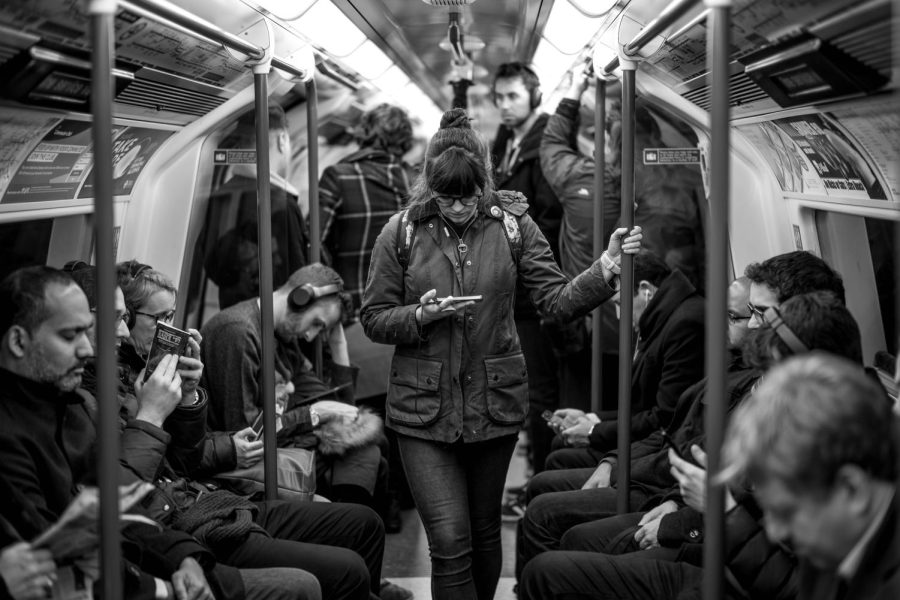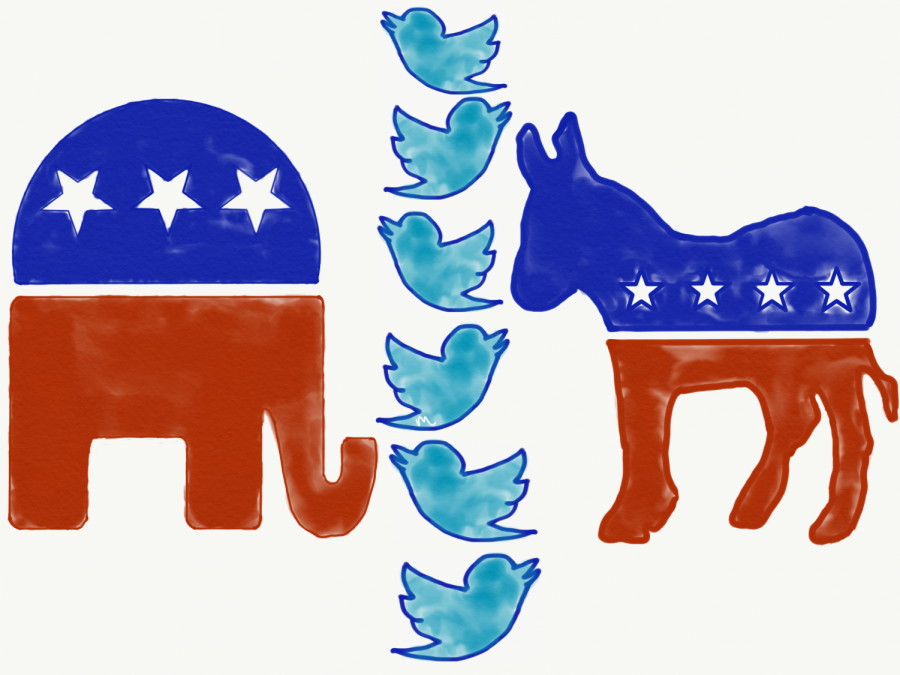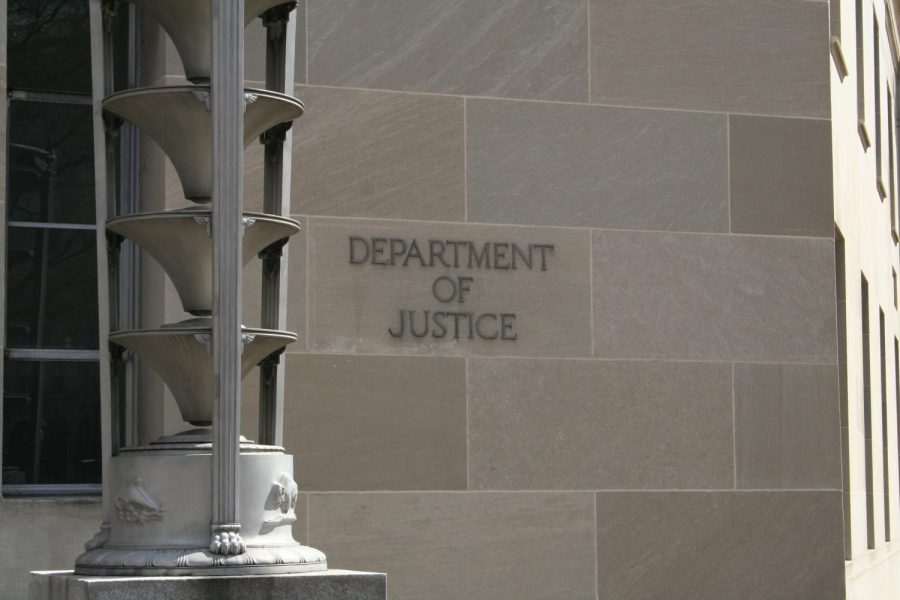By Rowan Walrath, Managing Editor
On Monday, the University of Missouri System President Tim Wolfe made national headlines when he resigned amid student protests against his handling of racial incidents on campus.
However, many argue even though Wolfe’s resignation is a victory, it is a small part of greater racial injustice on campuses across the US. On Wednesday, the #BlackOnCampus hashtag surfaced on Twitter, allowing people to vent their frustrations.
One Twitter user said, “Getting paid zero dollars and zero cents to teach African American studies to the student body.” Another: “Looking for Black Professors so I can see some Black Excellence in the faculty, only to be continually disappointed.” One person tweeted, “Being told talking about race and racism is being ‘oversensitive.’”
At Northeastern University, only 3 percent of full-time undergraduate students are black or African-American, according to the Boston Globe. Nationwide, 15 percent of college students are black.
The John D. O’Bryant African-American Institute at Northeastern provides a safe space for black people on campus, but when you look around and see mostly white faces (at Northeastern, 49 percent of full-time undergraduates), it’s not hard to feel like an outsider.
I am not black. My Puerto Rican girlfriend, a third-year computer science major, Jacqueline Ali Cordoba, is basically my only black friend. I cannot pretend I have any personal experience, but I know – because she has told me – that she, like so many others, has felt othered because of her race.
“It definitely makes me feel separated from my racial and ethnic background, because everyone I interact with is white or Asian,” she told me. “That’s the part of my identity that I feel the least connection to and the most uncomfortable about.”
Since Ali Cordoba is a budding software engineer, the diversity statistics are even worse. According to USA Today, on average, just 2 percent of technology workers at seven Silicon Valley companies are black; 3 percent are Hispanic.
“Especially when I think about my major, too, not only did the diversity drop at the university as a whole [from my experience before college] but as a computer scientist, looking at the racial diversity statistics, I could count on one hand everyone at Northeastern I’ve ever met in computer science who is Hispanic or black, including myself,” Ali Cordoba said.
Ali Cordoba uses a number of other identifiers, including queer, atheist and woman in technology. It was easy to find and incorporate people from those communities into her day-to-day life, but she has to go out of her way if she wants to participate in black or Latino communities on campus.
“When I got to college, I found a lot more atheists, I found a lot more queer people, I found a lot more women in tech, but that’s still empty, that last category,” Ali Cordoba said. “It’s not like everything [racial] got worse, it’s just that everything else got better, which made it relatively worse.”
So how can we foster diversity and safety on college campuses? First of all, there is something wrong with Northeastern’s admissions policy if our number of black undergraduates is 12 percent below the national average (which is already low). Additionally, as the first tweet I mentioned pointed out, there need to be more black professors as part of our faculty. The responsibility lies not only with us but with the administration. It lies with a reform of the system.



